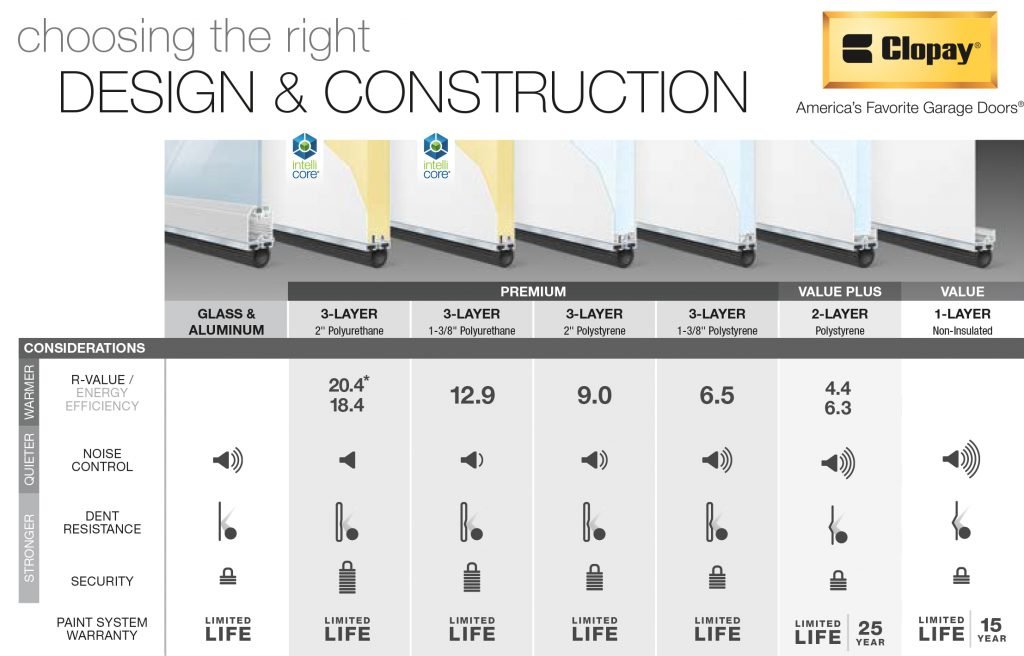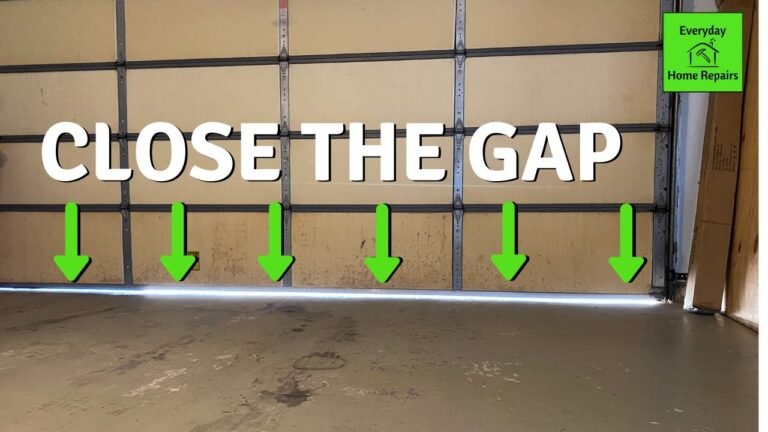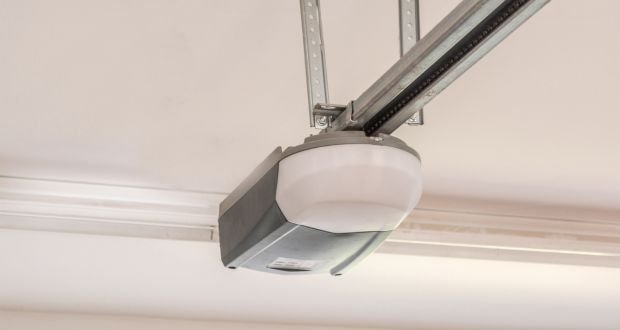Insulated Vs Non Insulated Garage Doors: Ultimate Comparison
Insulated garage doors offer better energy efficiency and noise reduction. Non-insulated doors are cheaper but less effective in temperature control.
Choosing between insulated and non-insulated garage doors depends on your specific needs and budget. Insulated doors provide significant benefits, especially in climates with extreme temperatures. They help maintain a stable temperature inside your garage, which can protect your belongings and improve your home’s overall energy efficiency.
These doors also reduce noise, making them ideal if you use your garage as a workspace or live in a noisy area. Non-insulated doors are more affordable and sufficient for mild climates or detached garages where temperature control is less critical. Consider your priorities to make the best decision.
Insulated Garage Doors
Insulated garage doors offer better temperature control and energy efficiency. They are popular among homeowners seeking comfort and savings. Let’s explore the materials, benefits, and common applications of insulated garage doors.
Materials Used
Insulated garage doors are made with various materials. Common options include:
- Steel: Durable and low maintenance.
- Aluminum: Lightweight and rust-resistant.
- Wood: Classic look but requires more care.
- Fiberglass: Resistant to dents and scratches.
Insulation is usually made from:
- Polystyrene: Affordable and effective.
- Polyurethane: Superior insulation and strength.
Benefits
Choosing an insulated garage door offers many benefits:
- Energy Efficiency: Reduces heating and cooling costs.
- Temperature Control: Keeps your garage comfortable year-round.
- Noise Reduction: Quieter operation and less outside noise.
- Durability: Resistant to dents and damage.
- Enhanced Curb Appeal: Adds value to your home.
Common Applications
Insulated garage doors are ideal for various settings:
- Residential Homes: Perfect for homes with attached garages.
- Workshops: Keeps tools and materials at a stable temperature.
- Commercial Buildings: Useful in warehouses and loading docks.
- Living Spaces: Great for converted garages used as living areas.
Non-insulated Garage Doors
Non-insulated garage doors are popular for many homeowners. They are a cost-effective choice and provide basic functionality. They are ideal in regions with mild climates. Let’s explore their materials, benefits, and common applications.
Materials Used
Non-insulated garage doors are made from various materials. The most common materials include:
- Steel: Durable and requires low maintenance.
- Aluminum: Lightweight and resistant to rust.
- Wood: Offers a classic look but needs more upkeep.
- Fiberglass: Resilient and can mimic wood appearance.
Each material has unique characteristics. Steel is the most popular due to its strength. Aluminum is chosen for its lightweight nature. Wood provides an aesthetic appeal. Fiberglass is selected for its durability.
Benefits
Non-insulated garage doors offer several benefits:
- Cost-effective: Generally cheaper than insulated doors.
- Lightweight: Easier to operate manually.
- Low maintenance: Requires less upkeep compared to insulated doors.
They are a great choice for budget-conscious homeowners. They are easier to install and maintain. They work well in moderate climates.
Common Applications
Non-insulated garage doors are suitable for various applications. They are often used in:
- Detached garages: Where insulation is not a priority.
- Storage sheds: Provide basic protection for stored items.
- Workshops: Ideal if temperature control is not needed.
- Carports: Offer basic shelter for vehicles.
These doors are versatile and can fit many needs. They are perfect for spaces that don’t require temperature control. They are also useful in buildings not attached to the main house.
Energy Efficiency
Choosing the right garage door impacts your home’s energy efficiency. Insulated and non-insulated options offer different benefits. Let’s explore how they affect heating, cooling, and energy costs.
Impact On Heating And Cooling
Insulated garage doors help maintain the temperature inside the garage. This reduces the load on your home’s heating and cooling systems. Non-insulated doors offer less protection from the elements. You may notice more temperature fluctuations inside the garage. Insulated doors can make your home more comfortable. This is especially true in extreme weather conditions.
Energy Cost Savings
An insulated garage door can lead to significant energy cost savings. Heating and cooling costs will decrease due to improved temperature control. You will use your HVAC system less often. This reduces your energy bills. In contrast, non-insulated doors can increase your energy expenses. You might spend more on heating and cooling to keep your home comfortable.
| Feature | Insulated Garage Doors | Non-Insulated Garage Doors |
|---|---|---|
| Temperature Control | High | Low |
| Energy Cost Savings | Significant | Minimal |
| Comfort Level | Improved | Reduced |

Credit: www.doormaticgaragedoors.co.uk
Durability And Maintenance
When choosing between insulated and non-insulated garage doors, Durability and Maintenance are key factors. Each type has unique benefits. Understanding these can help you make an informed decision.
Longevity
Insulated garage doors are generally more durable. They have multiple layers that provide extra strength. These layers protect against dents and wear. This makes them last longer.
In contrast, non-insulated garage doors are often single-layered. They are more prone to damage. They might need replacements sooner. This shorter lifespan can lead to higher costs over time.
Maintenance Requirements
Maintenance needs vary between insulated and non-insulated garage doors. Insulated doors require less upkeep. Their sturdy build handles daily use better. You will spend less time on repairs.
Non-insulated doors need more frequent care. They can dent or rust more easily. Regular checks and fixes are necessary. This can be time-consuming and costly.
| Feature | Insulated Garage Doors | Non-Insulated Garage Doors |
|---|---|---|
| Durability | High | Low |
| Maintenance | Low | High |
| Longevity | Long-lasting | Shorter lifespan |
Noise Reduction
Choosing between insulated and non-insulated garage doors impacts noise levels. Insulated doors often offer better noise reduction, making them a popular choice. This section explores how each type performs in reducing noise.
Noise Levels
Noise levels inside and outside your garage can affect comfort. Insulated doors have materials that absorb sound. This leads to quieter spaces. Non-insulated doors lack these materials. They let more noise pass through.
| Garage Door Type | Noise Levels |
|---|---|
| Insulated | Low |
| Non-Insulated | High |
Quiet Operation
For quiet operation, insulated doors are often better. They reduce vibrations and sound from the door’s moving parts. Non-insulated doors can be noisier. They vibrate more, making more sound.
- Insulated Doors: Quieter operation, less vibration.
- Non-Insulated Doors: Noisier, more vibration.
Choosing an insulated door can create a peaceful home environment. This is especially true if your garage is attached to your house.
Cost Comparison
Choosing between insulated and non-insulated garage doors can impact your budget. It’s important to understand both the initial costs and the long-term value of each option. Let’s dive into the details.
Initial Costs
The initial cost of a garage door is a major factor. Insulated garage doors generally cost more upfront. This higher price is due to the added materials needed for insulation.
| Garage Door Type | Average Cost |
|---|---|
| Insulated | $800 – $1,500 |
| Non-Insulated | $500 – $1,000 |
Non-insulated doors are cheaper. They lack the extra materials, making them less expensive.
Long-term Value
The long-term value of garage doors is another key consideration. Insulated doors offer better energy efficiency. They help in reducing heating and cooling costs.
- Lower utility bills
- Increased home comfort
- Reduced noise
Non-insulated doors do not offer these benefits. They might cost more in energy bills over time.
Insulated doors can also increase your home’s resale value. Buyers often prefer energy-efficient features. This can make insulated doors a better investment.
Climate Considerations
Choosing between insulated and non-insulated garage doors depends on your climate. Your choice affects your home’s energy efficiency and comfort. Below, we explore how different climates impact this decision.
Cold Climates
In cold climates, insulated garage doors offer significant benefits. They help keep the cold air outside, reducing energy costs. An insulated door maintains a warmer garage, which can protect your car and belongings.
Insulated doors also reduce noise, an added benefit in cold, windy areas. Non-insulated doors can let cold air seep in, making your home colder. This increases heating costs and reduces comfort.
| Feature | Insulated Garage Door | Non-Insulated Garage Door |
|---|---|---|
| Energy Efficiency | High | Low |
| Noise Reduction | Yes | No |
| Comfort | Warm | Cold |
Warm Climates
In warm climates, insulated garage doors can still be beneficial. They help keep the heat out, making your garage cooler. This can reduce cooling costs for your home.
Non-insulated doors can let in more heat, making your garage hot. This can affect the temperature in your home. Insulated doors also protect items stored in the garage from heat damage.
- Insulated doors keep the garage cooler.
- Reduced cooling costs.
- Protection from heat damage.
For warm climates, an insulated door can enhance comfort and efficiency.
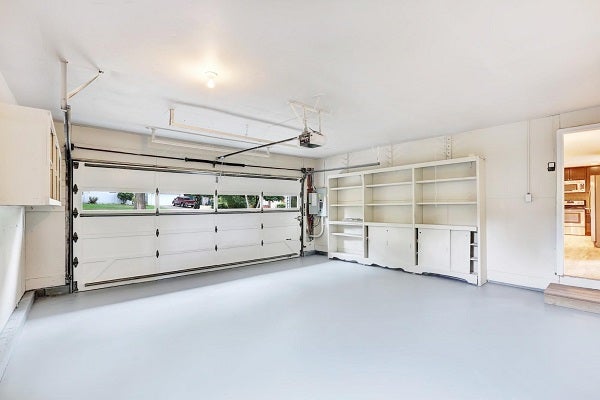
Credit: www.gielgaragedoors.com
Aesthetic And Design
Choosing between insulated and non-insulated garage doors involves many factors. One important aspect is aesthetic and design. Your garage door plays a big role in your home’s overall look. The right door can add value and curb appeal.
Style Options
Both insulated and non-insulated garage doors come in various styles. These styles range from traditional to modern. You can choose from materials like wood, steel, and aluminum.
- Traditional: These doors have classic panel designs.
- Modern: Sleek designs with clean lines and glass panels.
- Carriage House: They mimic old barn doors but with modern features.
Insulated doors often have more design options. They offer added layers that allow for intricate details.
Customization
Customization is key for unique aesthetics. Both types of doors offer customization options. You can select colors, finishes, and hardware.
| Feature | Insulated | Non-Insulated |
|---|---|---|
| Color Choices | Wide Range | Limited Range |
| Finishes | Textured, Smooth | Smooth |
| Hardware | Decorative, Basic | Basic |
Insulated doors offer more customization options. Their additional layers allow for more detailed designs.
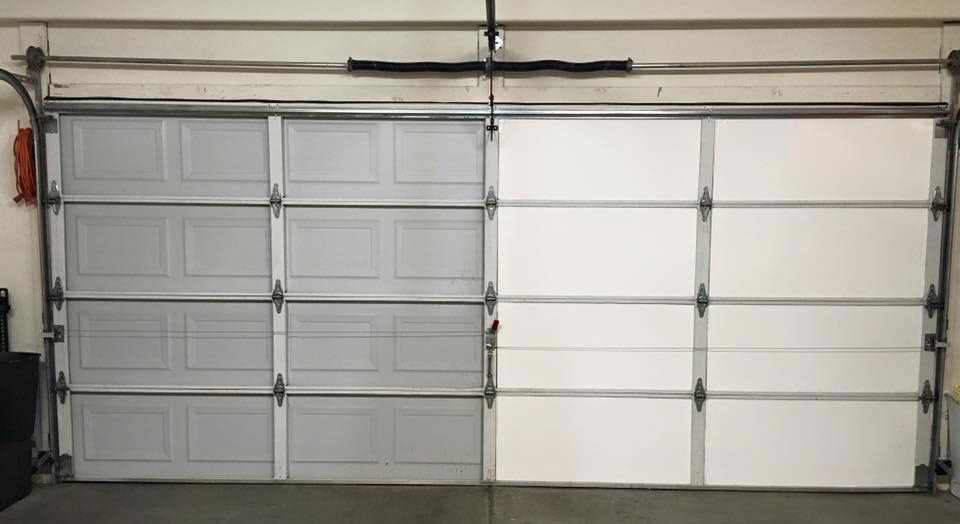
Credit: premiergaragedoorservicespokane.com
Frequently Asked Questions
Do Insulated Garage Doors Really Make A Difference?
Yes, insulated garage doors improve energy efficiency, reduce noise, and enhance comfort. They help maintain stable temperatures, saving on heating and cooling costs.
What’s The Difference Between Insulated And Non-insulated Garage Doors?
Insulated garage doors offer better energy efficiency and noise reduction. Non-insulated doors are more affordable but provide less insulation.
Are Insulated Garages Worth It?
Yes, insulated garages are worth it. They reduce energy costs, enhance comfort, and protect your belongings from extreme temperatures.
Does Insulated Glass Garage Door Make A Difference?
Yes, insulated glass garage doors improve energy efficiency, reduce noise, and enhance comfort. They also add aesthetic value to your home.
Conclusion
Choosing between insulated and non-insulated garage doors depends on your specific needs. Insulated doors offer energy efficiency and noise reduction. Non-insulated doors are cost-effective and suitable for mild climates. Consider factors like budget, climate, and usage to make the best choice.
An informed decision will enhance your garage’s functionality and comfort.

Garage Door Technician

